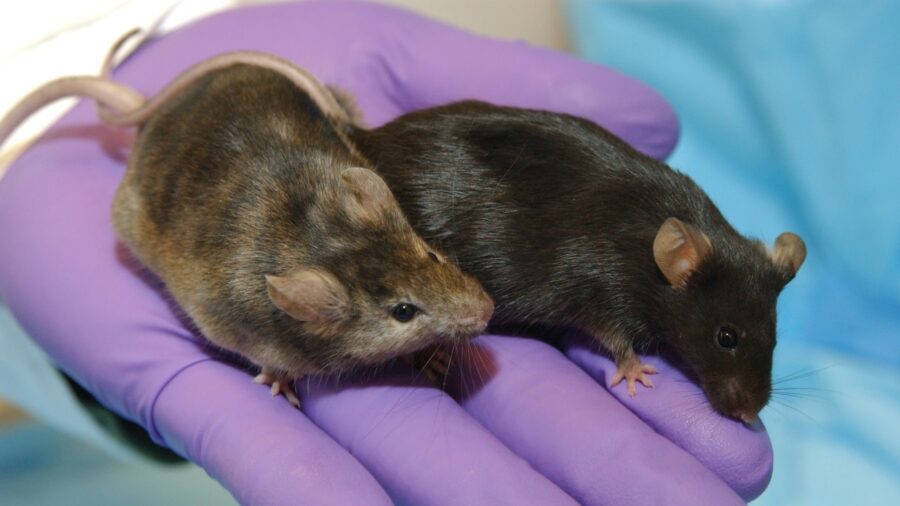Alzheimer’s Cured In Mice With Astonishing Artificial Molecule
A potential Alzheimer's cure was successful in mice using synthetic molecules.

A new Alzheimer’s cure is currently being developed after initial trials seem to have cured the disease within mice, according to a recent scientific journal published in Biomedcentral. The trials, which were conducted by a team of Israeli scientists throughout 2022, purport to have caused 30 Alzheimer’s-suffering mice to regain full cognitive ability by utilizing synthetic molecules. While the path to developing a cure suitable for human beings will be long and difficult, these trials are an excellent first step in eradicating the disease in the future.
The peer-reviewed research focused on a new approach to developing an Alzheimer’s cure, which Ben-Gurion University scientists say is highly effective in the mice they tested. While existing treatments exist to manage and mitigate the spread of Alzheimer’s within the brain, Professor Varda Shoshan-Barmatz and her team have begun trials that address plaque build-up within the brain. The molecule which the team developed didn’t do much to physically remove or reduce the plaque from the brains of their test mice, but it did seem to have overwhelmingly positive outcomes, curing all 30 of the mice in the trial.
Alzheimer’s disease is commonly described as a progressive dysfunction that hinders memory and other cognitive brain function. With more than 3 million new cases in the United States each year, many people have been forced to see their friends and loved ones mentally deteriorate after developing the disease in their old age. With the mitochondrial molecule developed by Shoshan-Barmatz and her team, we seem to be a step closer to achieving the long-sought-after Alzheimer’s cure, and not a moment too soon.

The mitochondria is, of course, the powerhouse of the cell, providing energy in individual cells like those located within the brain. With plaque buildup causing blockages within the Alzheimer’s infected brain, these cells are slowed to a halt, demanding significantly more power to traverse the infected landscape. That’s where the molecule comes in, providing the cells with additional power in order to regain function and serve as the closest thing to an Alzheimer’s cure we can currently attain.
Despite the mitochondrial dysfunction serving as a significant block for all other attempts at developing an Alzheimer’s cure, there are currently no other published studies that focus on the mitochondria and their needed increase in energy. The Ben-Gurion University team have been invaluable scientific minds in this regard, as their method of targeting plaque buildup led to the discovery that external molecules can behave as backup batteries for near-dead cells.
Furthermore, the team has discovered a protein segment that plays a crucial role in the regulation of the energetic functions of the cell, indicative of an Alzheimer’s diagnosis. While a full-scale Alzheimer’s cure will still take years to develop and prepare for human trials, this discovery will surely serve as a significant stepping stone in understanding how and why an Alzheimer-affected brain behaves in the way that it does. The team has created a startup company called Tamarix, which aims to take the next step in eradicating this disease from the millions worldwide suffering from it.










